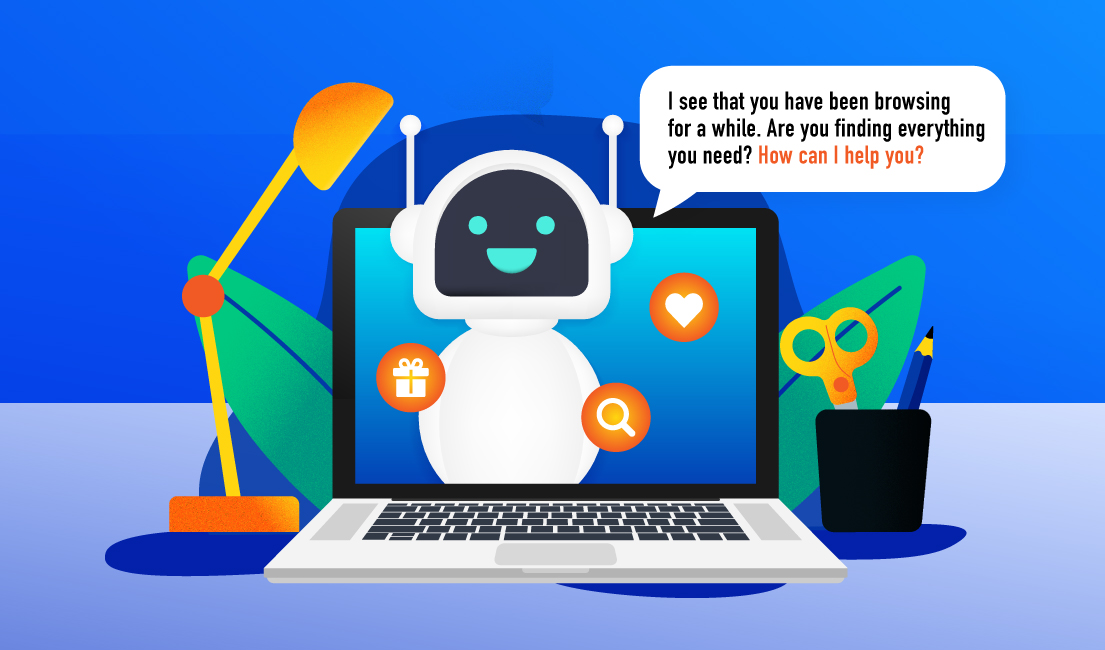Reaching consumers was way easier in the 70s and 80s — the age of mass marketing. Today, the consumer journey is far more fragmented as they divide their time between different screens, which complicates the path to a buying decision.
The savvy consumer now spends a significant amount of time on two or more screens every day. Globally and in Asia, device ownership continues to grow; more than half of Asian multi-device users (51%) now have two devices per person, while more than a quarter (26%) now operate on more than four devices.
This means that marketers have to do things differently, even though the aim is still about reaching consumers at the point where they can influence the buying decision — also known as the consumer touchpoint.
In the past, that touchpoint could have been through a TV ad at home, or in the newspaper. While this was simpler for the marketer, it also offered limited marketing options. The growth in devices adds complexity but it does open up new opportunities for marketers to influence consumer purchase decisions through different touchpoints in the consumer journey.
Why Cross-Screen Tracking is Hard
In order to effectively reach today’s consumers, optimising campaigns across all screens is a must. However, marketers need to overcome two challenges in understanding the consumer journey:
- Understand the ownership of multiple devices by the same consumer, in order to switch from a device-centric to a consumer-centric approach.
- Know which channel the consumer prefers, and the preferred touchpoint where the buying decision is made. This could be at the buy phase, or earlier when the shopper is wondering whether to buy, or when they are doing research and evaluations.
Marketers also need answers to these questions:
- How much overlap is there between devices?
- How can the right amount of engagement be achieved at the right frequency to spur consumers to take action on your brand?
- How much is harmful – wasting money or consumer goodwill?
- Which devices are best for driving upper funnel exposure, and which are best for direct action campaigns?
Artificial Intelligence (AI) technology can provide insights into the number of users, where and on what screens they viewed an organisation’s ads, and cross screen conversion paths. Insights can be gleaned into the role every screen played in the customer’s journey — not just the last screen they used before clicking the ad.
This allows marketers to optimize their brand assets to each screen to receive higher ROIs— whether it is click-through rate, engagement or conversion.
Drive more consumer purchases
When global retailer Carrefour expanded online, it wanted to reach more potential consumers through its online store. The marketing team wanted to boost awareness and drive more online purchases, while optimizing the cost per action (CPA).
The use of Appier AI technology helped Carrefour identify all devices owned by the same user from billions of data points. When a potential buyer visits the Carrefour online store on one device (e.g. a laptop), Appier could analyze his or her profile and deliver customized product recommendations on other devices owned by the same person (e.g. a phone), motivating the person to buy from the Carrefour online store.
Appier’s AI analyses user behaviors both within and outside of the website to determine the activities of a single user as well as to segment different users. Cross-comparisons with the Appier CrossX database along multiple dimensions allow Appier to locate potential customers in similar segments to expand the original user base.
Through this partnership with Appier, Carrefour experienced click-through rate (CTR) of cross-screen users that was 87% higher, and a conversion ratio (CVR) that was 40% higher, than for single-screen users.
Drive more subscriptions
Using AI, popular dating app Paktor managed to drive more in-app subscriptions while increasing the in-app tutorial completion rate.
The Appier AI technology quickly identified users’ cross-screen behaviors and their interests in “socializing and dating” from billions of data points.
After the potential buyer downloads the Paktor app, Appier re-markets social/dating-related information to every device owned by the same user through a cross-screen approach. This deepens the Paktor brand impression and helps to trigger the motivation to become a Paktor VIP member.
Brand Safety Woes
Besides reaching and engaging customers, brand safety has also become a key concern with digital marketing, as organizations worry that their online ads may appear in a context that will damage the their brand.
While there are different aspects of brand safety, one key area is ad fraud, where online ad impressions, clicks and conversions are fraudulently represented in order to generate revenue.
AI can fight ad fraud and help protect brand safety. A study by Appier found that an AI-based fraud detection model was able to identify twice as many fraudulent transactions as a traditional rule-based model, as it is able to pick out ad fraud patterns that are difficult for traditional models to detect.
Now what?
With the revolution in the way consumers make buying decisions, using the right approach can help marketers be at the right place at the right time in the consumer journey.
How are you optimizing your campaigns across all screens? If you want to know more about driving more click-throughs/conversions or to do more for your brand safety, get in touch today.



